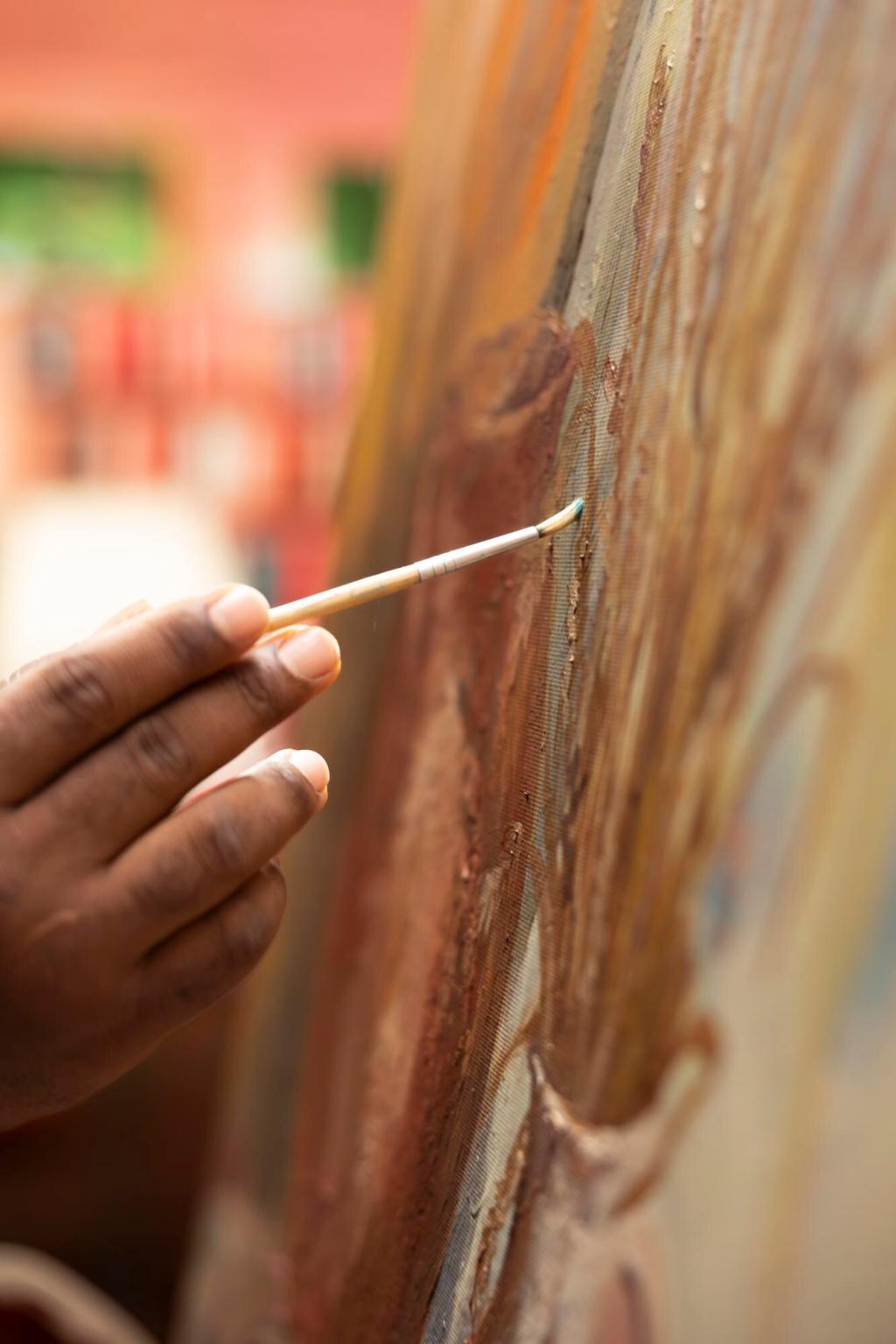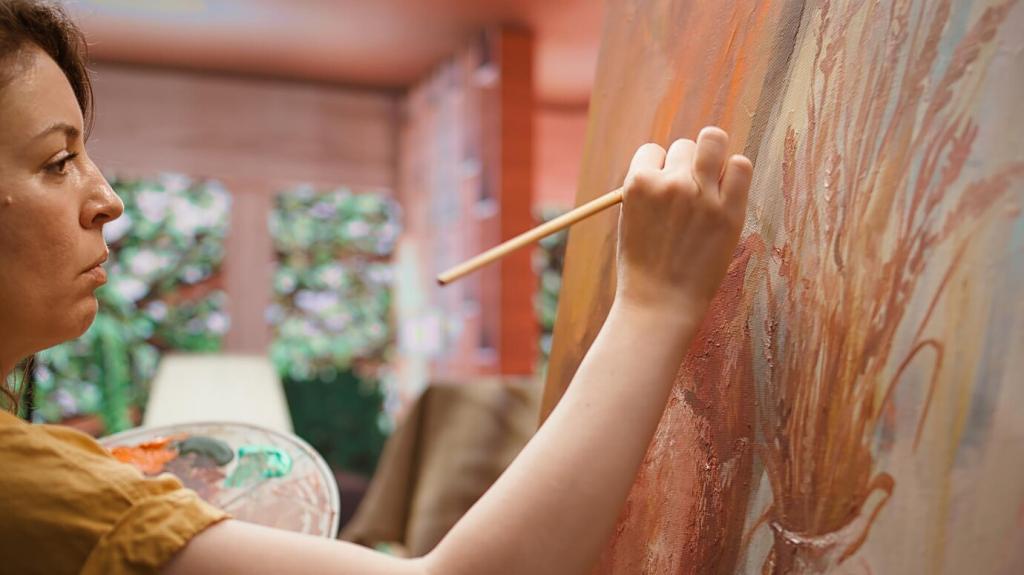Today’s chosen theme is Minimalist Art and Sustainable Landscape Design. Step into a calm, low-impact world where form, light, and living systems align. Explore ideas, real stories, and practical steps—and join the conversation, subscribe for updates, and share your own minimalist, sustainable experiments.
The Essence of Minimalist Art in the Garden

In Minimalist Art and Sustainable Landscape Design, the emptiness between objects is never empty. It becomes breathing room for roots and people, a quiet stage for light and wind. Leave purposeful gaps, and your garden gains clarity, restfulness, and ecological resilience.
Sustainability at the Root
Native and climate-fit plants
Choose regionally adapted, drought-tolerant species and plant in simple, repeating blocks. Fewer species, thoughtfully arranged, support pollinators and reduce intervention. Share your top three natives in the comments, and help others build resilient, minimalist plant palettes.
Water-wise infrastructure
Permeable paths, swales, and drip lines deliver water precisely where needed while capturing rainfall. A small cistern can turn storms into resources. If you’ve installed a rain chain or barrel, subscribe and tell us how it reshaped your watering routine.
Soil first, always
Soil health anchors every sustainable design choice. Compost, mulch, and gentle aeration feed microbes, lock in moisture, and cut fertilizer use. Leave leaf litter where possible and watch birds, fungi, and beneficial insects return. What’s your go-to mulch strategy—and why?
Case Study: The Quiet Courtyard
Constraints into clarity
We removed seven mismatched pots and a busy trellis, revealing a clean rectangle. A single gravel plane grounded the space, while a slender bench defined purpose. The owners reported immediate calm and twenty fewer minutes of weekly maintenance.
Materials that age with dignity
Locally quarried stone and charred cedar introduced depth without clutter. Their surfaces weathered beautifully, telling time through subtle patina, not decay. Embodied carbon stayed lower than concrete-heavy alternatives, and repairs became simple, targeted, and affordable over the seasons.
Maintenance that feels meditative
A monthly fifteen-minute pruning, seasonal top-dressing with compost, and watering from a small rain barrel kept everything thriving. The homeowner now journals bloom times and visiting pollinators. If you track garden rhythms, subscribe and share your favorite observation ritual.


Art-Led Layouts: Grids, Lines, and Light
A subtle grid—path joints, planting blocks, or paving seams—can create a sense of calm reminiscent of serene minimalist canvases. Keep spacing consistent, then allow plants to soften edges. Post your sketch of a simple grid; we’ll feature favorites in a future newsletter.
Art-Led Layouts: Grids, Lines, and Light
Use simple volumes—rectangular planters, clipped hedges, low plinths—to contrast with open voids of gravel or groundcover. The dialogue between solid and space reduces visual noise and spotlights life. What one volume could replace five fussy elements in your yard?
Climate and Care: Designing for Decades
Prioritize stone, reclaimed brick, and responsibly sourced timber that can be repaired instead of replaced. Fewer materials simplify fixes and reduce waste. Have a favorite local quarry or salvage yard? Comment with a tip to help neighbors source thoughtfully.
Climate and Care: Designing for Decades
Let grasses stand for winter structure, then cut once in early spring. Allow seedheads for birds and beauty. This restrained rhythm mirrors minimalist restraint while supporting wildlife. Subscribe for our seasonal editing checklist designed for small, low-water spaces.
Climate and Care: Designing for Decades
Track water use, plant survival, and pollinator visits. Keep before-and-after photos to see how restraint performs over time. Simple metrics keep intentions honest. Share one metric you’ll monitor this month, and we’ll cheer your progress together.



